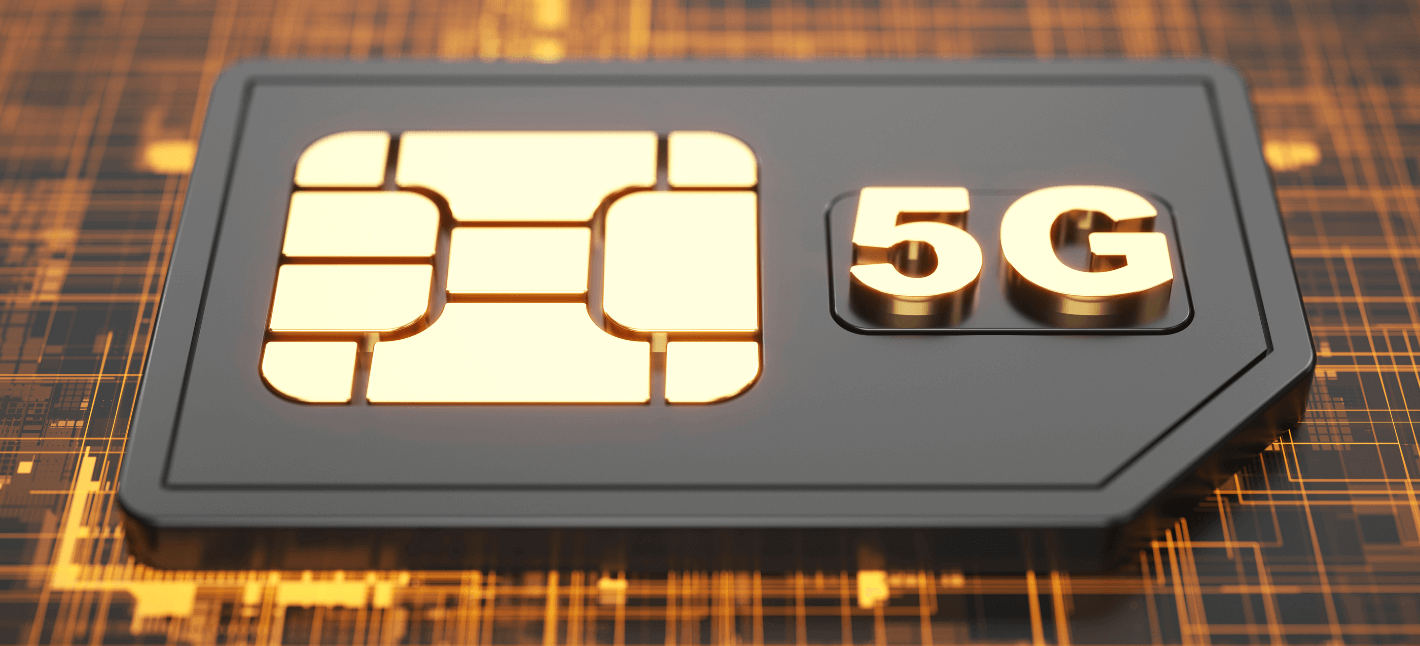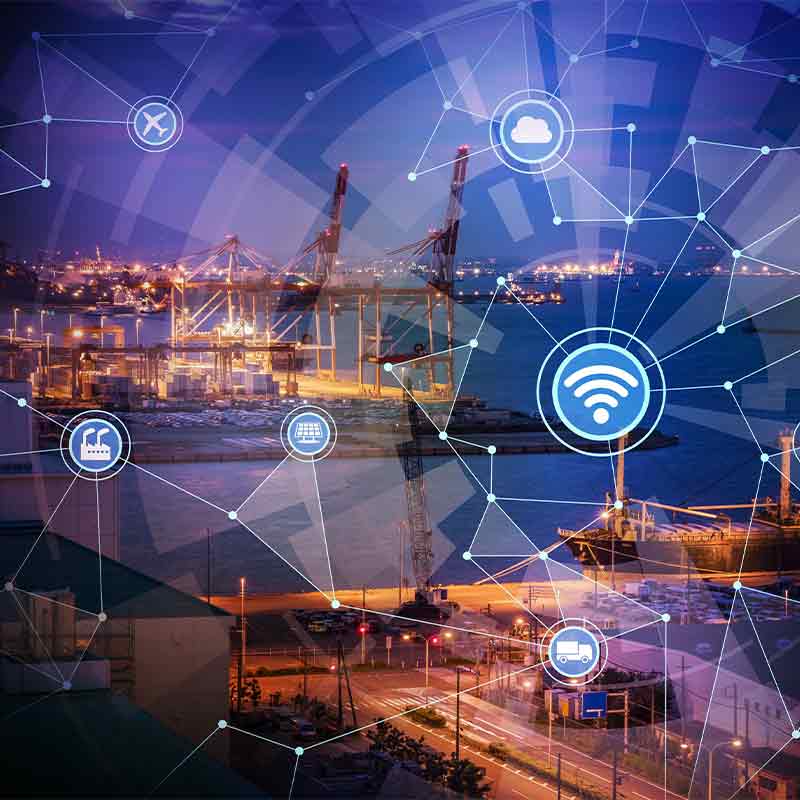Iot Revolution Technologies Gateway for Medical Device Monitoring
As urban areas continue to expand, the necessity for environment friendly and clever management of assets becomes extra crucial. Smart cities current a transformational opportunity to enhance the quality of life for their inhabitants by way of the mixing of technology. At the middle of this transformation lies IoT connectivity options for smart cities, which play a pivotal function in providing the infrastructure wanted for seamless communication between devices.
IoT, or the Internet of Things, connects varied devices, sensors, and networks to create a cohesive operational environment. The potential purposes vary from intelligent site visitors management to smart energy grids and air pollution monitoring. By leveraging these connectivity options, cities can gather real-time data to make informed decisions regarding city planning and useful resource allocation.
Various connectivity protocols serve as the spine for IoT implementations. Cellular networks have gained prominence due to their extensive coverage and reliability. Technologies like LTE and upcoming 5G guarantee high-speed information transmission, enabling a bigger variety of devices to attach without compromising speed or performance. This in depth attain is particularly advantageous for smart vehicles and emergency response models.
Furthermore, Low Power Wide Area Networks (LPWAN) provide unique benefits for smart city functions that demand prolonged battery life and extended vary. Protocols similar to LoRaWAN and Sigfox are well-suited for functions that don't require real-time knowledge however choose low-bandwidth communication. This makes them perfect for monitoring environmental conditions, waste administration, and smart parking techniques.
Iot Remote Asset Monitoring Solution Solutions for Remote Asset Monitoring

Bluetooth and Wi-Fi additionally stay necessary in the connectivity panorama. Their robustness in native communications permits for the development of smart buildings and enhanced public transportation systems. For example, smart buses can be geared up with sensors that broadcast details about seating availability and route adjustments to close by users.
In addition, Mesh networking presents one other viable choice, allowing devices to connect directly with each other with out necessitating a central router. This decentralized communication model enhances reliability and resilience in areas the place standard networks could be compromised, such as during emergencies or natural disasters.
As cities experiment with different IoT connectivity choices, information privateness and safety should be addressed diligently. With quite a few gadgets transmitting delicate info, the danger of breaches escalates. Implementing sturdy encryption strategies and continuous monitoring protocols ensures that communication remains safe, safeguarding each the infrastructure and the non-public privateness of residents.
It Remote Monitoring Software Basics of IoT Remote Monitoring
Energy effectivity plays an integral position within the implementation of IoT technologies in smart cities. Strategies for optimizing power consumption among connected devices are necessary to cut back the environmental footprint. By utilizing energy-efficient protocols, cities can ensure that the deployed expertise stays sustainable and cost-effective in the long run.

Public engagement becomes an important issue in the successful rollout of IoT methods. Community suggestions can drive the development of smarter techniques tailored to suit the particular needs of residents. Initiatives such as workshops, public boards, and pilot applications might help gauge public sentiment and encourage participation, fostering a way of possession among citizens.
Iot Revolution Technologies Top 10 Monitoring Tools for IoT
Collaboration among varied stakeholders, including government, companies, and academic institutions, is crucial for creating a strong smart metropolis ecosystem. Such partnerships can drive innovation, facilitate information sharing, and provide essential funding for infrastructure initiatives. By aligning aims and resources, these stakeholders can work collectively for the greater good of city communities.
Cities that put money into technology-driven connectivity options witness improved operational efficiency and enhanced citizen companies. Smart traffic light methods, for instance, can adapt signal timings primarily try this out based on real-time traffic circulate, lowering congestion. Moreover, smart waste management methods can optimize assortment routes, ensuring environment friendly service delivery while saving prices and minimizing environmental impact.
In a quickly evolving technological landscape, adaptability turns into essential. Cities must be ready to combine emerging technologies into their existing frameworks - Iot Remote Monitoring And Control. Regular reviews and updates to connectivity protocols will ensure that they keep related and might accommodate future innovations in IoT.
Remote Monitoring Cost Savings from IoT Remote Monitoring
The potential of IoT connectivity options for smart cities extends beyond mere convenience; they bring forth a paradigm shift in how city spaces operate. By transforming knowledge into actionable insights, cities can harness the power of data to create resilient, inclusive, and sustainable environments.
As smart city solutions acquire traction globally, it becomes important for cities to remain dedicated to enhancing citizen engagement, safety, and sustainability. Continuous research and growth will foster the cultivation of progressive connectivity options, thereby paving the method in which for smarter urbanization.
In conclusion, the arrival of various IoT connectivity choices enables the belief of smart metropolis visions. As cities combine these technologies, the future holds huge potential for fostering well-connected, efficient, and vibrant urban landscapes. With the proper infrastructure and neighborhood collaboration, smart cities can lead the way toward a extra sustainable and improved high quality of life for everyone - Remote Monitoring.
Remote Monitoring Unlocking IoT Remote Monitoring Potential
- High-speed fiber optic networks provide sturdy knowledge transmission, enhancing communication between linked units in city environments.
- Low Power Wide Area Networks (LPWAN) facilitate long-range connectivity for smart sensors, bettering energy efficiency and extending battery life.
- 5G networks deliver excessive bandwidth and low latency, enabling real-time data processing for functions like traffic management and emergency response.
- Wi-Fi 6 offers improved capability and speed, allowing numerous units to attach seamlessly in areas with dense populations, such as parks and public squares.
- Bluetooth mesh know-how helps communication between quite a few smart gadgets in close proximity, useful for local environmental monitoring and smart lighting options.
- Satellite connectivity can bridge protection gaps in remote sections of a sensible metropolis, ensuring continuous knowledge flow for municipalities and providers.
- Zigbee and Z-Wave protocols are ideal for home automation, promoting interoperability amongst various devices in smart residential areas.
- Cellular IoT solutions leverage present cellular networks to attach devices, providing a flexible and scalable infrastructure for city functions.
- Network slicing allows the prioritization of information site visitors, ensuring that critical services receive the required bandwidth throughout peak utilization instances.
- Edge computing allows data processing closer to the source, decreasing latency and enhancing the responsiveness of smart metropolis functions.undefinedWhat are the frequent IoT connectivity choices available for smart cities?undefinedCommon connectivity options for smart cities embrace cellular networks (4G, 5G), LPWAN (Low Power Wide Area Network) such as LoRa and Sigfox, Wi-Fi, Bluetooth, and Zigbee. Each choice serves totally different use instances primarily based on range, power consumption, and data needs.
How does 5G improve IoT connectivity in city areas?undefined5G networks provide higher bandwidth, lower latency, and greater capacity in comparability with earlier generations. This allows real-time knowledge processing and supports many related units, making it best for smart city functions like autonomous autos and smart grids.

What position does LPWAN play in smart metropolis IoT solutions?undefinedLPWAN offers long-range communication with minimal energy consumption, making it appropriate for IoT sensors that require extended battery life. It's notably efficient for functions like environmental monitoring and smart waste management in city have a peek here settings.
Can current networks be used for IoT connectivity in smart cities?undefinedYes, existing networks like Wi-Fi and cellular may be utilized for IoT functions. However, they may not be optimized for the precise wants of IoT devices, particularly in terms of power consumption and system density.
Iot Remote Monitoring And Control Definition of IoT Remote Monitoring
What are the security concerns associated to IoT connectivity in smart cities?undefinedSecurity concerns embrace information breaches, unauthorized access to gadgets, and vulnerabilities in network protocols. Implementing strong encryption, secure authentication, and common software updates is crucial to safeguarding smart metropolis infrastructures.
How do smart cities ensure dependable connectivity for IoT devices?undefinedSmart cities often use a diverse mixture of connectivity choices along with redundancy measures. This ensures that even if one connection kind fails, others can maintain the community's reliability and performance.
Remote Monitoring Using Iot Top Monitoring Tools for IoT Devices
Are there any standards for IoT connectivity in smart cities?undefinedYes, numerous standards exist for IoT connectivity, together with 3GPP for cellular technologies and IEEE standards for wi-fi communication. Compliance with these standards ensures interoperability and safety amongst different devices and networks.
What components ought to be thought of when selecting an IoT connectivity option?undefinedFactors to suppose about embrace vary, power necessities, knowledge transmission charges, system density, security measures, and cost. A thorough evaluation of the specific use case might help decide probably the most suitable connectivity choice.
How does the choice of connectivity affect IoT gadget design?undefinedThe chosen connectivity possibility can dictate elements of gadget design similar to energy consumption, measurement, and complexity. For instance, gadgets utilizing LPWAN may have much less power, allowing for smaller battery sizes compared to these relying on cellular networks.
What is the future of IoT connectivity in smart cities?undefinedThe future of IoT connectivity in smart cities is expected to be formed by advancements in 5G know-how, elevated use of edge computing, and the mixing of AI for smarter decision-making. Enhanced connectivity will result in extra efficient metropolis management and improved citizen providers.